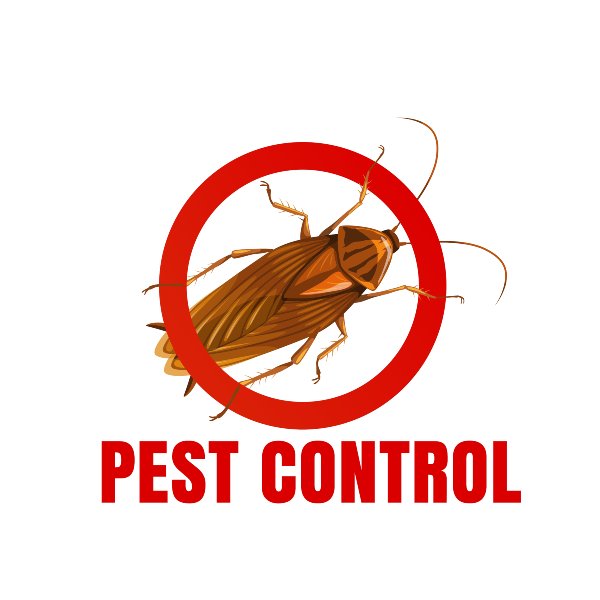Bed Pest Treatment Break Down: Contrasting Chemical Vs. Non-Chemical Solutions
In the realm of bug control, particularly when managing the persistent problem of bed insects, the choice between chemical and non-chemical treatment options can be an essential one. Both strategies offer unique benefits and downsides, affecting elements such as efficiency, safety and security considerations, and overall price. By taking a look at the nuanced information of each method, a clearer understanding of which path to go after in addressing a bed insect invasion can be achieved.
Effectiveness of Chemical Treatments
Chemical therapies for bed bug infestations have been extensively recognized for their rapid and powerful efficacy in getting rid of these insects. When taking into consideration the effectiveness of chemical treatments, it is vital to recognize that they can offer a quick and thorough option to a bed bug trouble. Expert pest control men often rely on insecticides to target bed pests at various phases of their life cycle, including grownups, eggs, and nymphs. These chemicals usually function by interrupting the bed insects' nerve system, causing paralysis and ultimate death.
In addition, chemical treatments have the advantage of offering residual results, implying that they can remain to get rid of bed insects also after the first application. This recurring activity is particularly helpful in combating any prospective re-infestations. Additionally, the rapid action of chemical therapies can bring alleviation to people encountering serious bed insect infestations, enabling them to gain back control of their home quickly.
Security Interest In Chemical Solutions
One essential aspect that needs mindful factor to consider when utilizing chemical solutions for bed pest therapy is making sure the security of occupants and the atmosphere. While chemical therapies can be reliable in removing bed insects, they might posture threats otherwise dealt with appropriately. One of the key safety worry about chemical options is the possible damage they can create to human health. Direct exposure to certain chemicals made use of in bed pest treatments can cause respiratory concerns, skin inflammation, or other unfavorable responses, specifically in people with pre-existing problems or level of sensitivities. Additionally, incorrect application or dose of chemical pesticides can result in poisonous residues remaining in the treated area, presenting lasting health and wellness threats to occupants.
Additionally, the ecological effect of chemical remedies is another considerable factor to consider. Some chemicals used in bed bug therapies might be damaging to advantageous bugs, wild animals, and ecosystems if they leach right into the soil or water systems. It is important to use chemical treatments judiciously, following safety and security standards, and thinking about less hazardous options to reduce these threats and make certain the reliable and safe monitoring of bed insect infestations.
Benefits of Non-Chemical Strategies
Thinking about the potential security worries and environmental effect linked with chemical solutions for bed bug treatment, exploring non-chemical methods offers an appealing choice with numerous unique benefits. Non-chemical therapies are ecologically preventive pest control pleasant, as they do not contribute to air or water pollution, making them a sustainable selection for bug control.
Furthermore, non-chemical solutions can be efficient in targeting bed bugs, including hard-to-reach locations where chemical treatments might not permeate. Approaches such as warm treatment, vacuuming, steam cleaning, and cushion coverings provide thorough elimination without making use of harmful chemicals. Moreover, non-chemical approaches can be less disruptive, requiring marginal preparation and enabling quicker reentry into treated areas. On the whole, going with non-chemical bed insect treatment techniques not just prioritizes safety and ecological security but likewise guarantees effective and thorough bug control.
Limitations of Non-Chemical Treatments

Additionally, non-chemical treatments usually call for several applications to accomplish effective eradication. This can be time-consuming and may not constantly guarantee full removal of all bed insects and their eggs, specifically in hard-to-reach or concealed areas.
Additionally, the success of non-chemical treatments heavily depends on correct implementation and thoroughness, which can be challenging for individuals visit site without expert know-how. Poor application of non-chemical techniques may result in insufficient eradication, bring about persistent infestations and the requirement for added treatments.
Therefore, while non-chemical treatments have their benefits, it is important to acknowledge these restrictions and consider them when establishing the most efficient approach for managing bed bug infestations.
Expense Comparison: Chemical Vs. Non-Chemical Options
Offered the constraints associated with non-chemical treatments, an important facet to assess in the context of bed bug administration is the expense comparison in between chemical and non-chemical alternatives. In contrast, non-chemical therapies like warm therapy or heavy steam can be a lot more pricey, with expenses ranging from $1,000 to $6,000 for an entire home. While the first price of chemical therapies may appear lower, several treatments may be needed to fully get rid More about the author of the problem, possibly raising the overall cost.
Conclusion

Taking into consideration the potential security issues and ecological influence associated with chemical services for bed insect therapy, checking out non-chemical methods presents an encouraging option with a number of distinct advantages.Offered the restrictions associated with non-chemical therapies, a necessary facet to review in the context of bed insect management is the price comparison between chemical and non-chemical choices. In contrast, non-chemical therapies like heat treatment or heavy steam can be extra costly, with costs varying from $1,000 to $6,000 for an entire home. While the initial price of chemical treatments might seem reduced, numerous treatments may be needed to totally eliminate the problem, possibly increasing the overall price.In verdict, when comparing chemical and non-chemical bed insect treatment alternatives, it is essential to take into consideration performance, security, advantages, constraints, and expense.
Comments on “Experienced A1 Exterminators Charlotte NC - Rapid and Reliable Solutions”